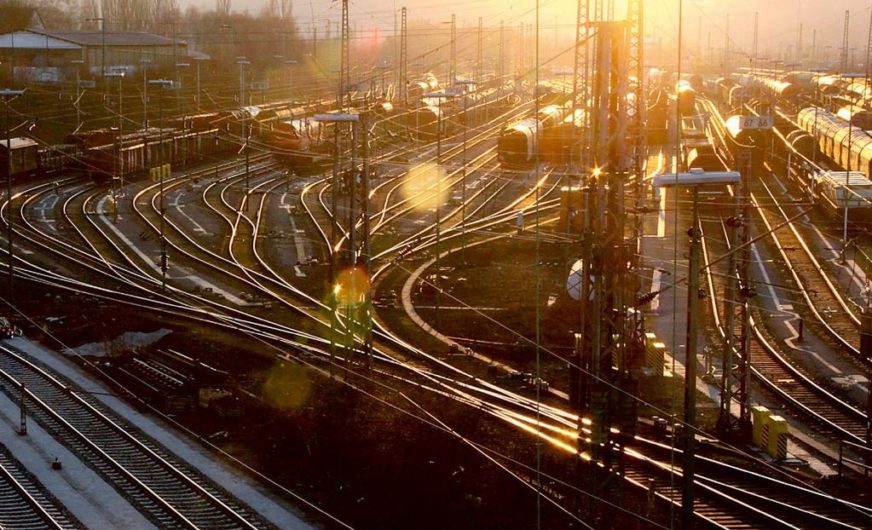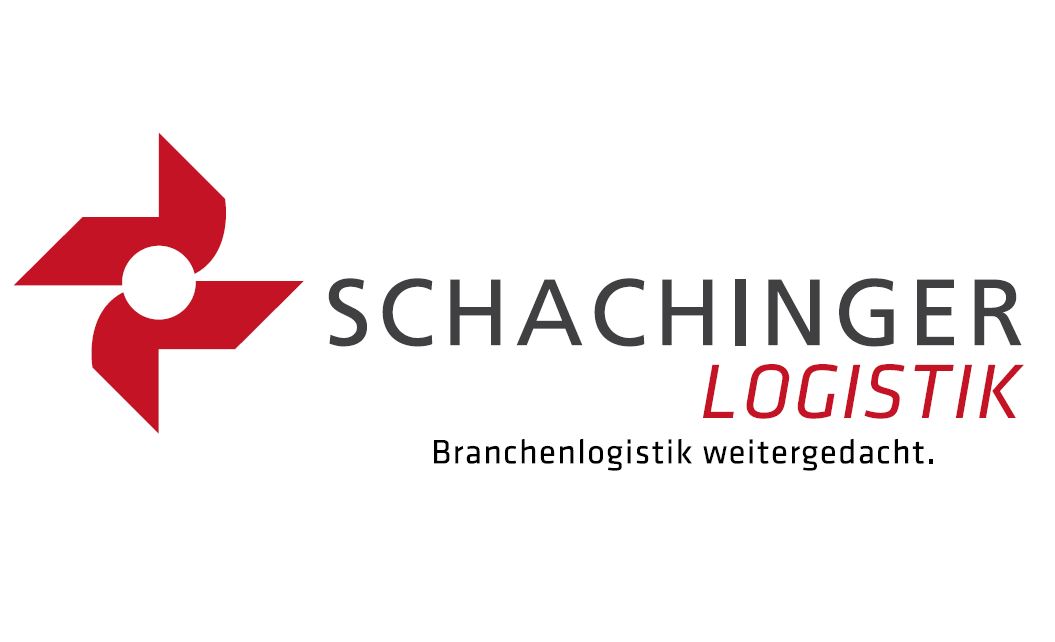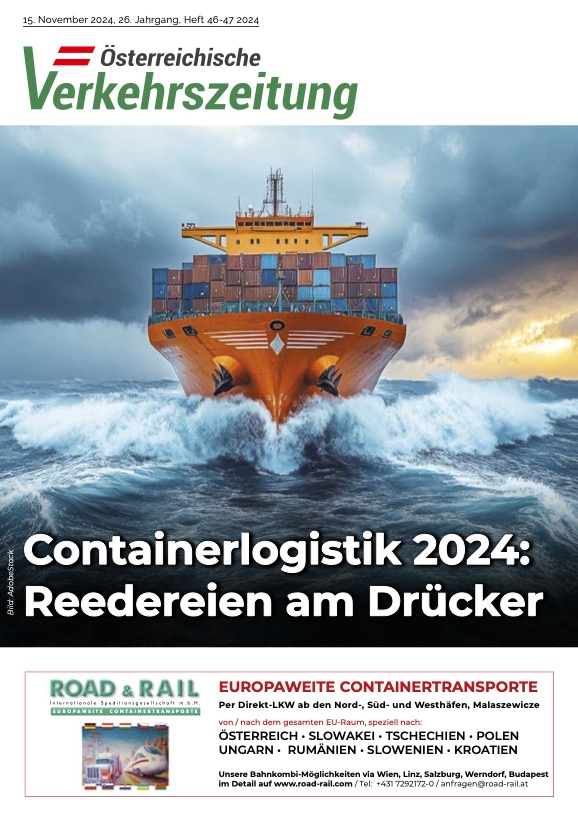The competition on the German railway continues to increase, as show the registrations of DB-external companies for train paths in 2020. Their share in long-distance rail traffic has doubled compared to the previous year.
The situation is similar for passenger and freight transport, where the number of DB external trains registered increased to over 39 and 37 percent, respectively. There are currently around 440 rail transport companies operating on the Deutsche Bahn rail network, including more than 420 not belonging to the DB Group.
The timetable process follows clear rules and is monitored by the Federal Network Agency. The launch was on April 9, 2019. By midnight on April 8, more than 72,000 train path applications had been received by DB Netz. Railway companies and public transport authorities for passenger transport by rail have made a binding statement on which days, at what time and on which route they want to drive with their trains from the next timetable change.
The designers had exactly 50 days to find a suitable, free slot for each individual transport request and to create a working roadmap in coordination with all parties involved. Now it is ready and available to the railways, with more than 3,000 conflicts resolved amicably.
Before the timetable change is due to take place on 15 December, hauliers now have time to feed booking systems with the new data, produce timetable documents and prepare materials for passengers or cargo customers.
In addition to the trains in the network timetable, which drive regularly and often several times in the same slot, there is also flexible traffic, some of which drive only once. The roughly 950,000 individual timetables required per year are designed on short notice around the clock, especially for freight traffic. With digital support, this will be even easier in the future and only take a few minutes.











